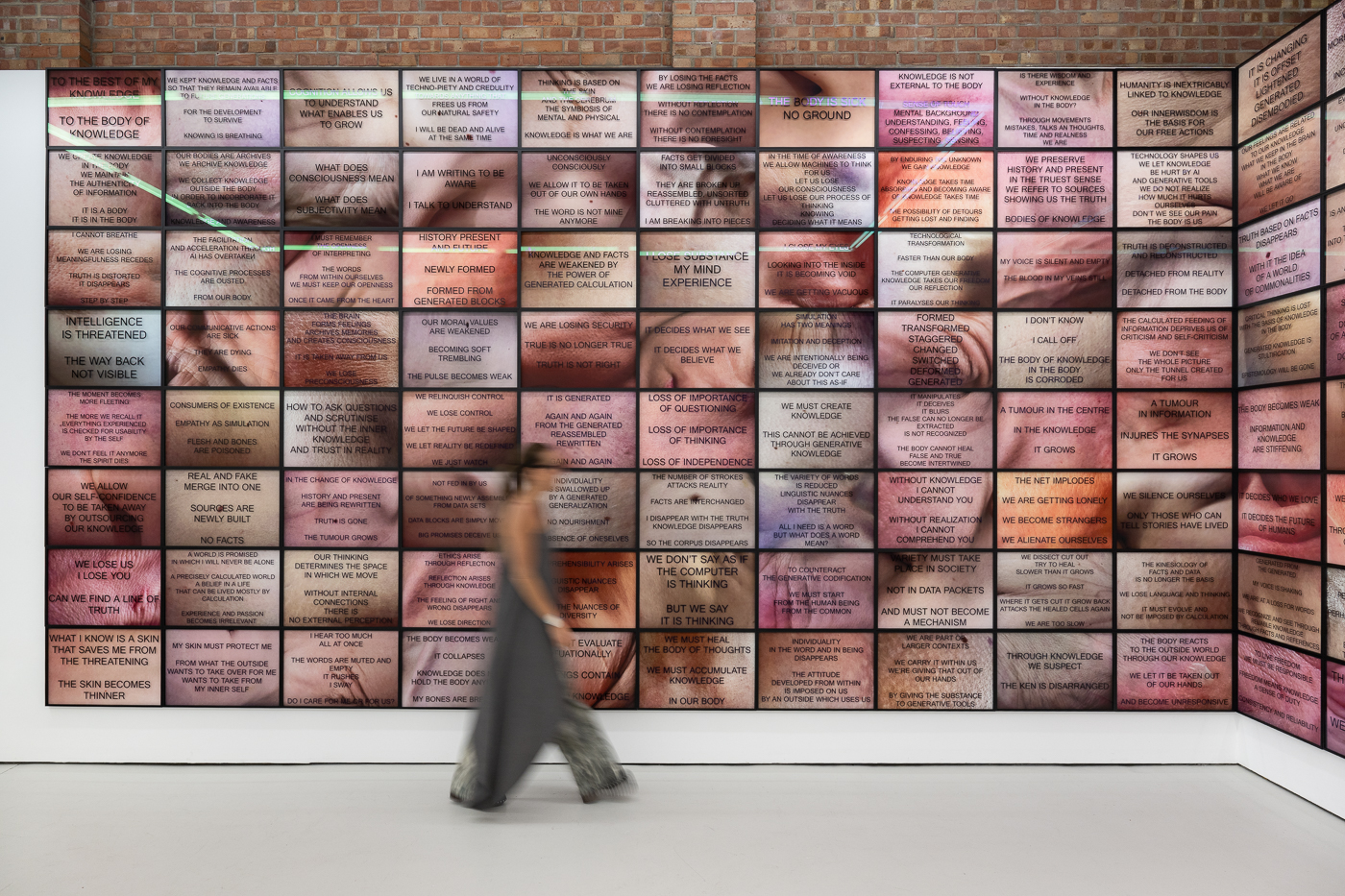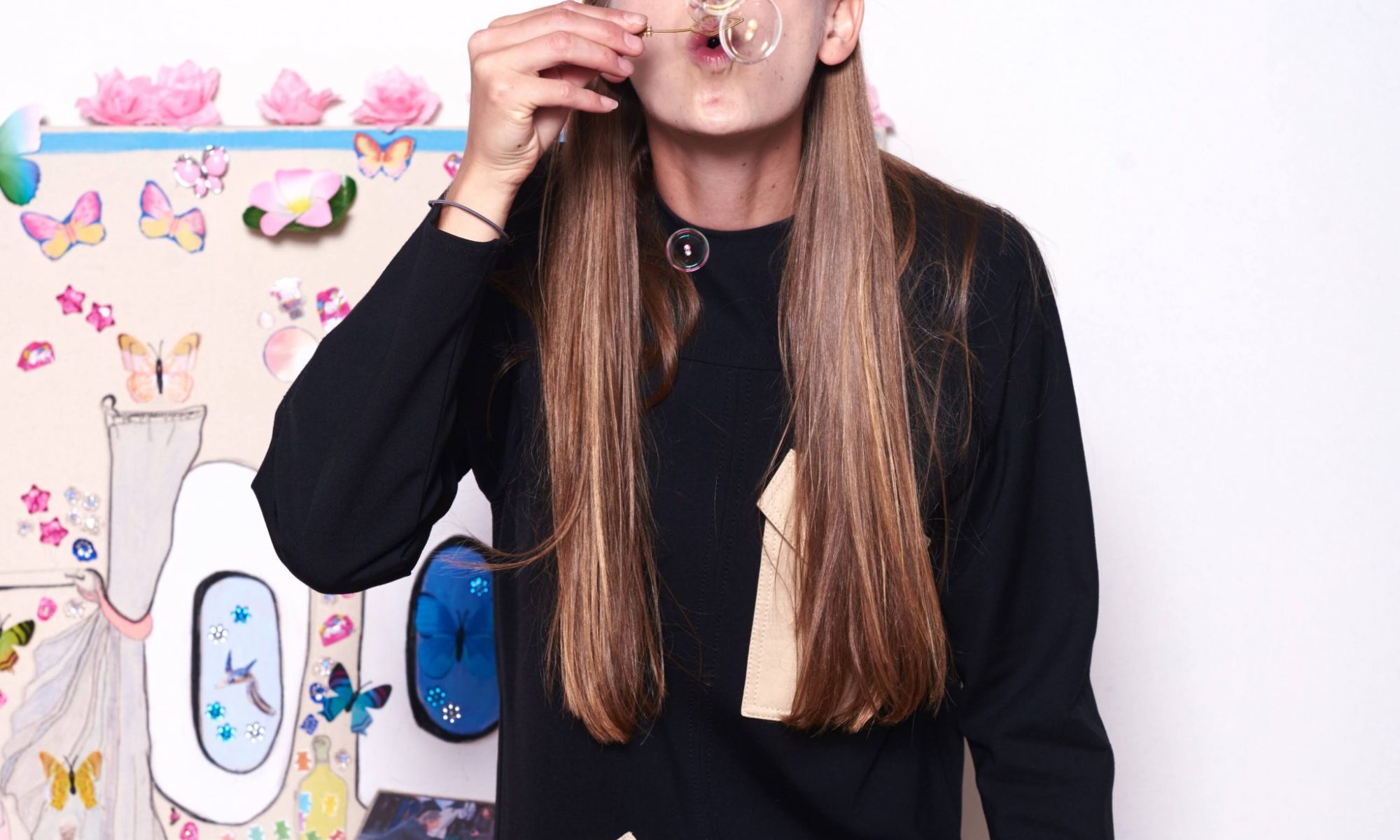Gretchen Andrew talks to Whitewall about the future of virtual reality.
Virtual Reality as A Platform and Medium for Artists
By Gretchen Andrew
Stefan Simchowitz, controversial but extraordinary art dealer, called to say that he would not be making the trek across congested London to visit my studio, instead suggesting, “Send me images of the work.” I was devastated. A studio visit, insofar as it communicates the process and environment, reveals the artist’s soul. I wanted to share more than digital images of my paintings. I needed a different solution.
Using my cellphone camera and a virtual reality headset, I created a “studio non-visit” which I then delivered—along with a truckload of my paintings—to Simchowitz at the Dorchester Hotel. Virtual reality’s defining power, that of transporting the viewer, worked its magic.
Since our “studio non-visit,” virtual reality has entered an awkward mainstream territory where many in the art world know vaguely what it is, and may have tried it, but it is not yet a common consumer electronic. At its most accessible, virtual reality is a cell phone snapped into a headset containing a lens. The cell phone runs a program—an artwork or YouTube video for example—and the headset accomplishes the focal gymnastics required to give the viewer an immersive experience. More powerful virtual reality-specific devices like Facebook’s Oculus Rift run the software and hardware in one unit.
Making virtual reality can be as simple and cheap as recording a video on a cell phone then snapping the cellphone into a cardboard box containing a plastic lens ($15.00 from Google). Content can also be recorded with a 3D camera, which then allows the viewer to swivel 360 degrees in the resulting virtual reality. While 3D cameras are getting cheaper, the highly technical and time-consuming process of stitching recorded images into a seamless 360-degree experience is still required in order to suspend disbelief. Alternatively, VR environments can also be created with 3D graphics software, requiring a fairly advanced skillset. As a result, it is common for artists working with virtual reality to collaborate with technical experts.
In the art world today, virtual reality is operating in two overlapping capacities: as a platform and as a medium. In sharing my studio through virtual reality I was using it as a platform, a technical tool from which to make the inaccessible accessible. Similarly, New York’s Guggenheim and London’s Courtauld Gallery offer virtual reality tours of their collections. Users can view the artwork as if they were physically present in the spaces, where the works are virtually “mounted” accompanied by audio information about the art and the artists.
As is the case with digitizing any artwork, moving one medium into another comes with its pitfalls. A painting viewed on a website has changed scale, color, dimensionality, and most of all its context. A sculpture shared in virtual reality goes through a similar transformation, emphasizing the complications of how public displays operate within digital environments. Not only a technical platform for sharing artwork, virtual reality is also a medium with medium specificity including responsiveness to the viewer’s movements, interactivity, 360-degree immersion, and the ability to displace the viewer from context.
As both a medium and a platform, virtual reality places the viewer at the center of an immersive experience, which mimics, but does not fully replicate, our default experience of the world. Virtual reality has the feel of “removing the middleman,” whether that is the artist, the gallery or the museum, and in doing so raises questions of context and control. This is, in part, what defines virtual reality and also makes it the perfect platform for our selfie-centered culture. Virtual reality intensifies the feeling that we are the center of the universe, that our personal experience is essential to the meaning of art—which isn’t wrong so much as it is narrow. One of art’s great cultural values is its ability to bring us in contact with otherness, the strangeness of the world as other people have known it, the subtle reminder that we do not all experience and understand the world in the same way. Such a reminder simultaneously disrupts and expands our reality.
My belief that art’s value is deeply connected to otherness is one I share with Alain Servais, Brussels-based art collector. While Servais cites stability and conservation issues as barriers to collecting virtual reality artwork, he also notes that, as with all media, the art wants to express something beyond its form.
This is the challenge of artists working in virtual reality today: how to make an inward focus on the self into artwork that moves beyond the hype and novelty of its medium, past entertainment into the realms that distinguish art as culture? In what ways can a medium that characteristically amplifies the supremacy of the viewer also remind us that the world is far wider than our experience of it? I’ll be excited to see.


